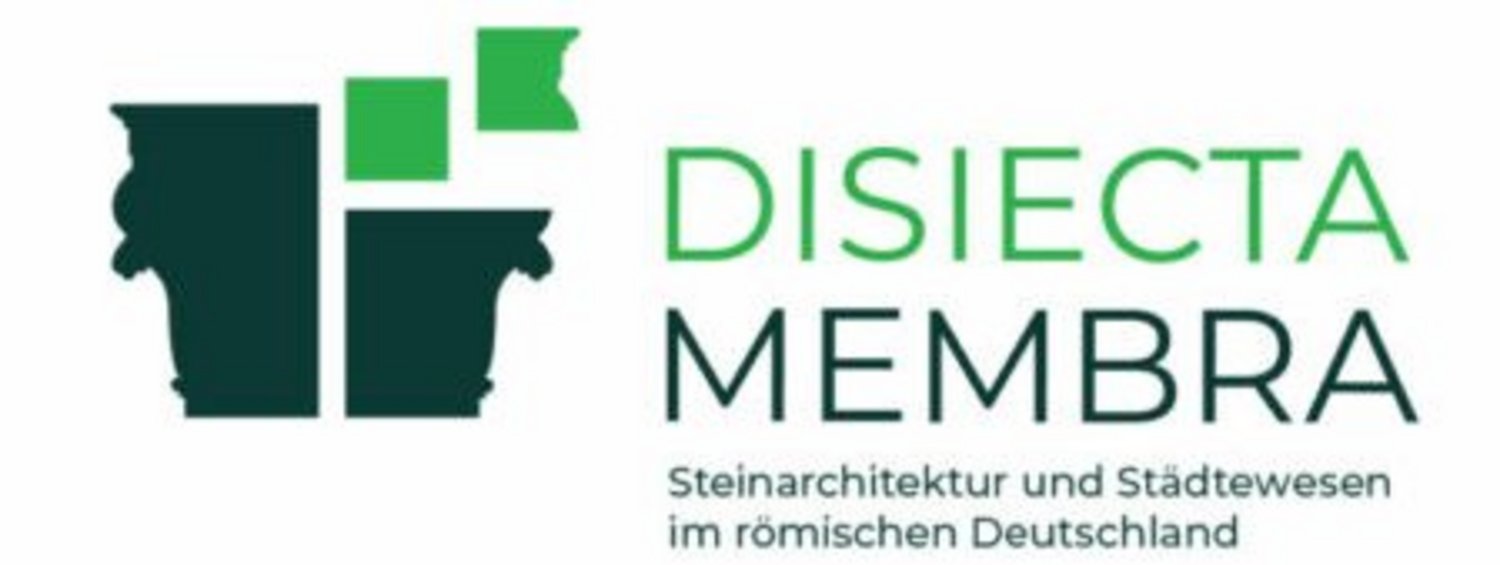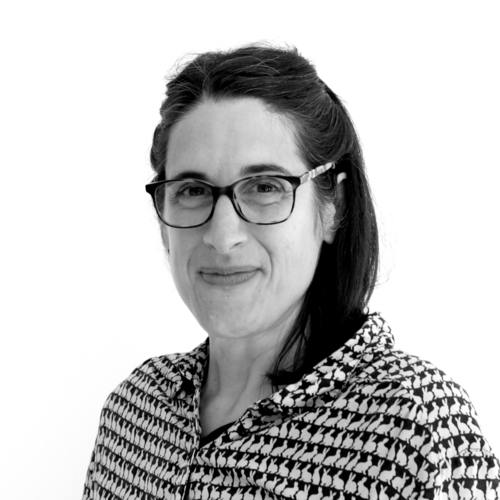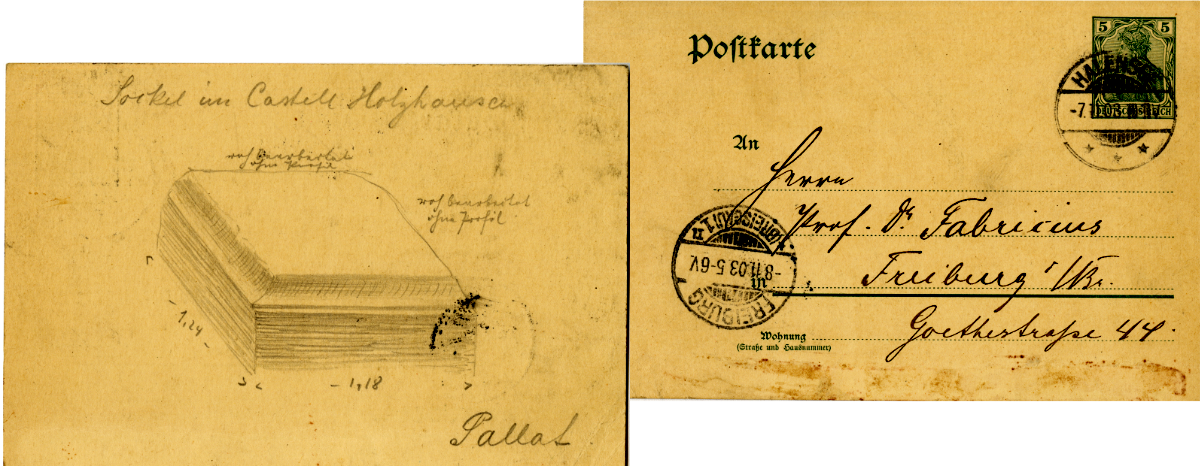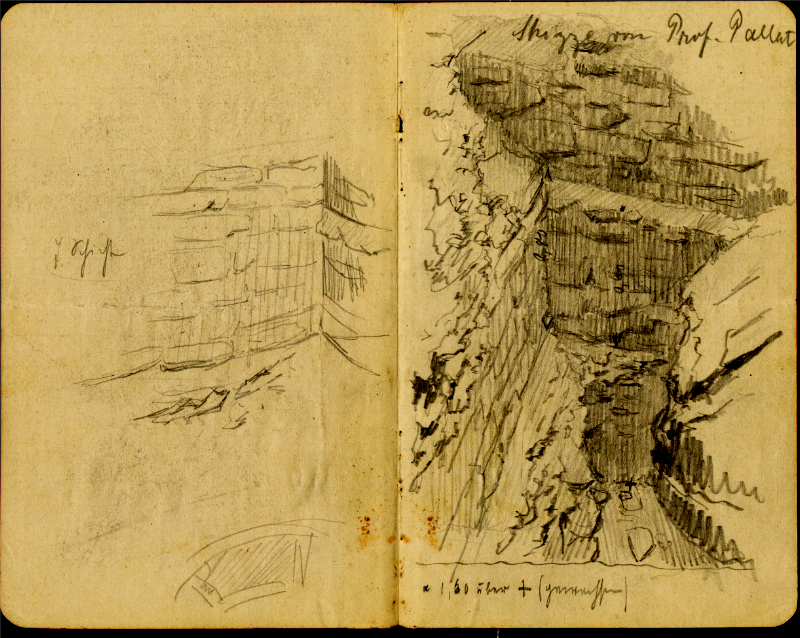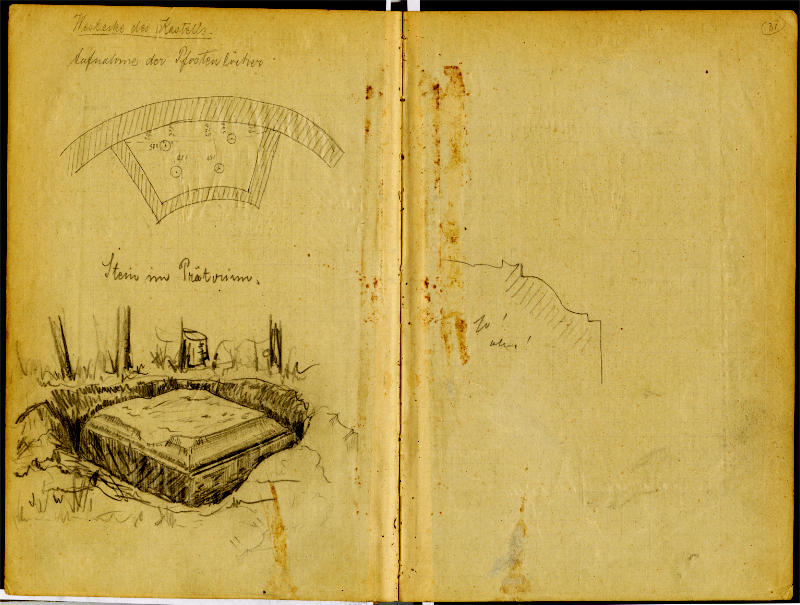“disiecta membra”: A new long-term research project on Roman stone architecture
In collaboration with archaeologists from the University of Mainz and researchers from the digital humanities department at the University of Marburg, we will examine Roman buildings and early urban life in Germany, with a particular focus on the reuse of Roman building elements. Roman buildings shaped the landscape in many places as ruins until the High Middle Ages. They were continuously repurposed or used as quarries for new construction projects, such as the construction of new city walls. Modern demolitions of such medieval buildings led to the rediscovery and relocation of ancient architectural elements. These and other “disiecta membra” – scattered parts of a former whole – make up the majority of Roman stone architecture in Germany. However, most of them have not yet been documented and evaluated.
In this long-term project, we will catalog approximately 25,000 architectural elements and 5,000 architectural findings in a dynamic and networked digital edition, provide low-threshold access to stone architecture and urban development in Roman Germany, and conduct research on architectural and social history, construction and urban studies, as well as provenance and network research.
At the RGK, we will simultaneously record and analyze the research, collection, and object histories, as well as the historical actors and their knowledge practices, on a case-by-case basis, while our colleagues at the University of Mainz systematically collect and record building elements and architectural finds. Conversely, we will search archives for references to Roman architecture. The RGK archive alone contains numerous clues, such as a postcard with a hand-drawn sketch of a pedestal from the Roman border fort Holzhausen (Nastätten) in Rhineland-Palatinate (Fig. 1), part of the Upper German Limes, which has been a UNESCO World Heritage Site since 2005.
Postkarte Ludwig Pallats and Ernst Fabricius vom 8. November 1903. Sie zeigt die Handzeichnung eines Sockels, gefunden im Kastell Holzhausen © DAI-RGK-A-RLK-Notizbücher Fabricius 10, 1903, o. S.// N.N
Ludwig Pallat (1867–1946) sent this postcard in 1903 to Ernst Fabricius (1857–1942), who had just become head of the Reich Limes Commission. Fabricius placed the postcard in one of his notebooks, which are now kept at the RGK.
Pallat actually wanted to become an artist, but his parents forced him to study classical philology and archaeology with the aim of becoming a teacher. Nevertheless, he found enough opportunities in archaeology to combine his passion with a profession. After successfully completing his doctorate, he became curator of the Nassau Antiquities Collection in Wiesbaden and route commissioner of the Reich Limes Commission.
Profilzeichnung, gezeichnet von Ludwig Pallat, aus dem Kastell Holzhausen © DAI-RGK-A-RLK-Notitzbücher Fabricius 10. 1903, o.S.
Ein Sockel in situ im Kastell Holzhausen, vermutlich gezeichnet von Ludwig Pallat © DAI-RGK-A-RLK-Notitzbücher Fabricius 10
In this role, he recorded findings and discoveries during his excavations at the Holzhausen fort, including directly in the personal notebooks of his superior Fabricius (Figs. 2, 3).
However, Pallat sent the postcard (Fig. 1) at a time when he himself was already employed by the Prussian Ministry of Spiritual, Educational, and Medical Affairs. Now a ministerial official, he quickly made a career for himself as an expert on art education in the Prussian education system and is known today for the reforms he developed together with his wife Anne Marie Pallat, née Hartleben (1875–1972) (see Reimers 2009, DOI: 10.25656/01:16077).
The pedestal he documented, as well as other drawings, are currently disiecta membra, like the architectural elements themselves, and are to be brought together in the coming years and digitally linked to the physical objects.
Project information:
The data compiled in the project will be modeled and recorded in close cooperation with the consortia of the national research data infrastructure NFDI4Objects and NFDI4Culture and made freely accessible on the research platform iDAI.world and in the biographical information service Propylaeum-Vitae, among other places. The project is led by Prof. Dr. Johannes Lipps (Johannes Gutenberg University Mainz), Dr. Kerstin P. Hofmann (Roman-Germanic Commission) and Prof. Dr. Aline Deicke (Philipps University Marburg). The research at the RGK is carried out by Dr. Katja Roesler.
